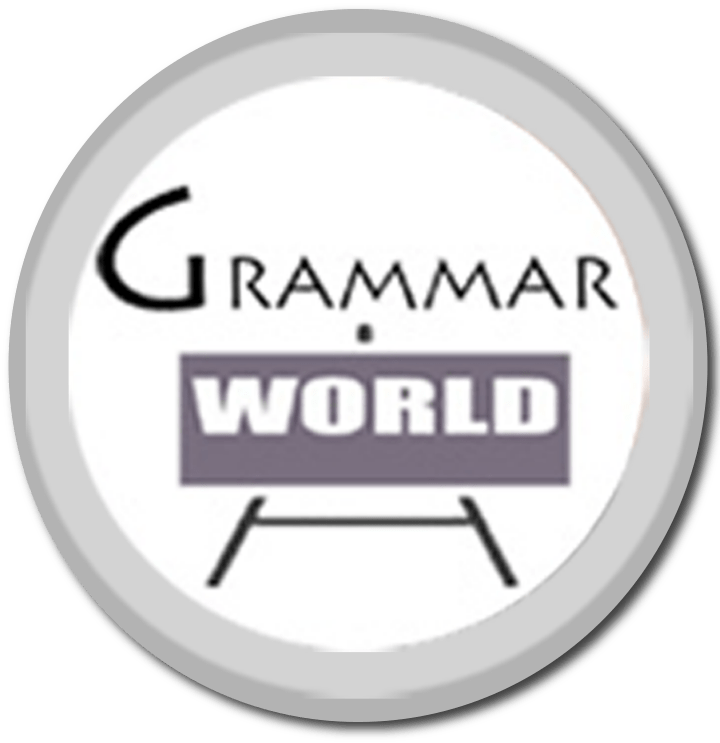Economy:
- Macroeconomic indicators: Key economic factors that measure the overall health and performance of an economy.
- Fiscal policy measures: Government decisions and actions related to taxation and public spending.
- Economic recession: A period of significant decline in economic activity and employment.
- Trade deficit reduction: Efforts to decrease the difference between a country’s imports and exports.
- Entrepreneurial ventures: Business initiatives and startups
- Consumer spending patterns: The behavior and habits of consumers in relation to their purchases.
- Market fluctuations: Changes and variations in the prices and demand for goods and services in the market.
- Economic prosperity: The state of economic well-being and growth within a country or region.
- Monetary policy framework: The strategy and actions taken by a central bank to control the money supply and interest rates.
- Sustainable economic growth: An economic expansion that can be maintained without depleting natural resources or causing environmental harm.
Context: The state of an economy is often gauged through a range of macroeconomic indicators that provide insight into its overall health. Governments employ various fiscal policy measures to stimulate growth, especially during times of economic recession or to address issues like trade deficit reduction. Encouraging entrepreneurial ventures fosters innovation and job creation, while understanding consumer spending patterns is crucial for sustainable economic growth. However, the economy is subject to market fluctuations, which can impact the path to economic prosperity. Central banks play a significant role in managing the economy through a well-defined monetary policy framework, ensuring stability and controlling inflation. Emphasizing sustainable economic growth becomes vital in preserving resources for future generations and achieving long-term prosperity for society as a whole.
